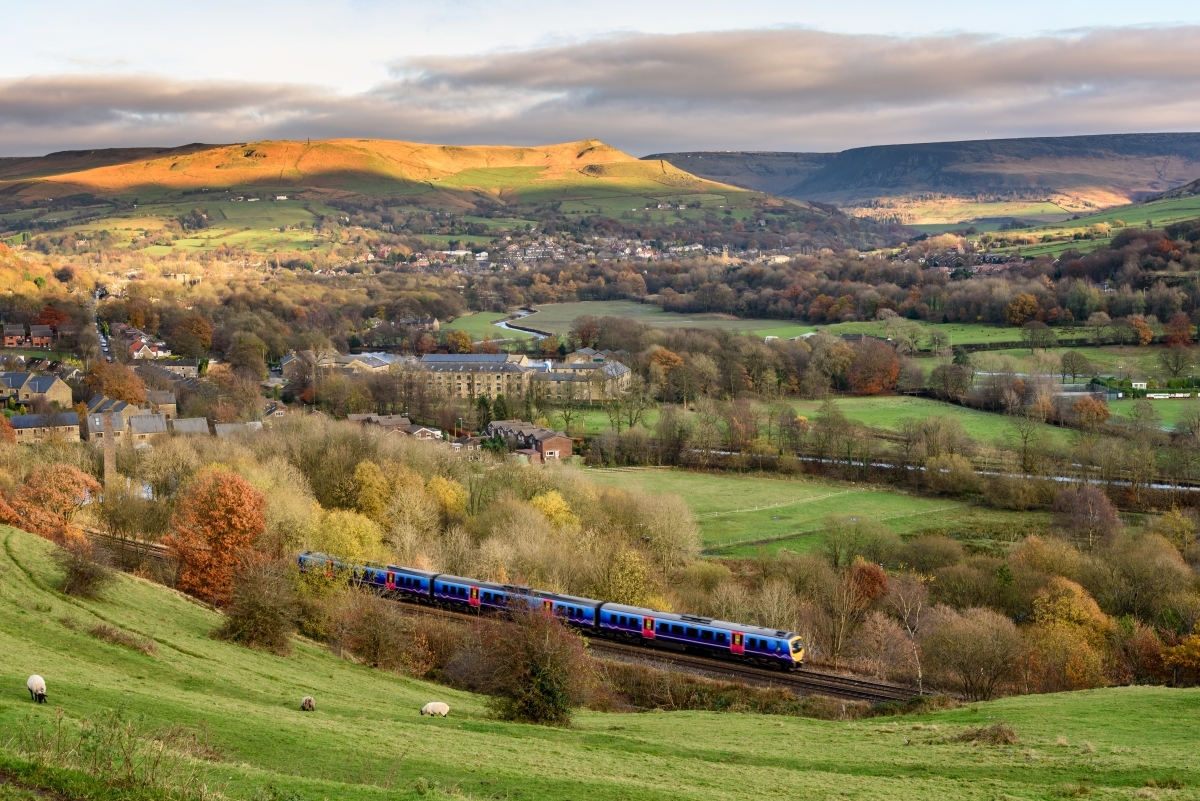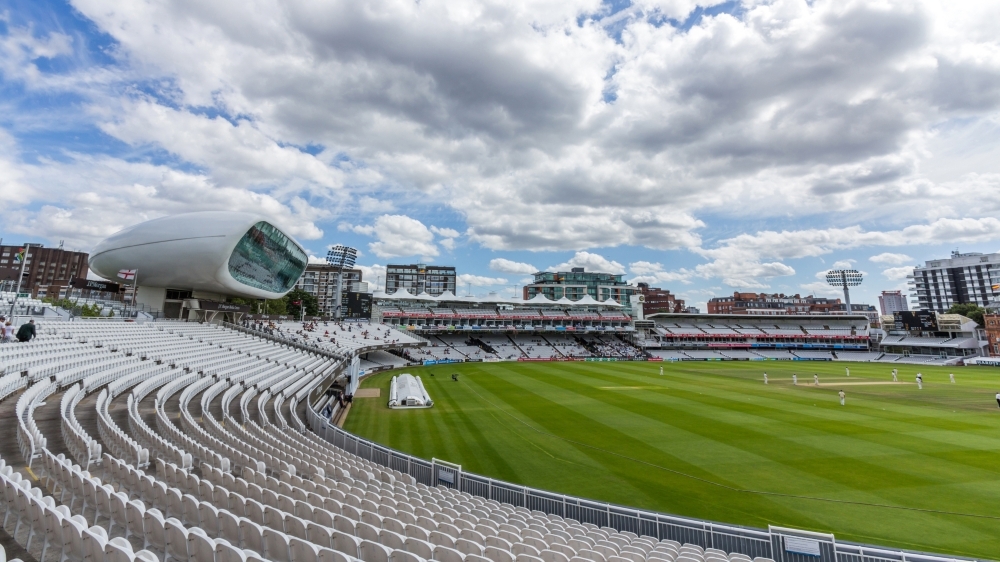Neoclassicism in Great Britain – The Best Examples of Georgian Architecture in the UK
Georgian architecture, named after the four eponymous British monarchs who reigned from 1714 to 1830, remains one of the most enduring legacies of classical design in the UK. Influenced heavily by the symmetry and proportion of Palladianism and later, Neoclassicism, Georgian buildings are often marked by signature honey coloured stone work, sash windows, and undeniable character. Across the UK, entire cities and neighbourhoods stand as preserved exhibits of this period, ranging from London townhouses and spa towns to sweeping crescents, stately homes, and meticulously planned squares.
Although many associate Georgian architecture with the grand terraces of Bath or the garden squares of Bloomsbury, its influence stretches from Edinburgh’s New Town to the crescents of Bristol and even out into the glorious English countryside. Below, we explore the UK’s finest surviving examples, each its remarkable embodiment of the period’s distinct and rightfully lauded architectural brilliance.

The Royal Crescent – Bath
No list of Georgian architecture in the UK could begin anywhere other than Bath’s Royal Crescent. Built between 1767 and 1775 and designed by John Wood the Younger, this semicircular arc of 30 terraced houses forms one of the most recognisable residential complexes in Britain. It’s a pure expression of Palladianism, a vast uniform façade constructed from golden Bath stone, with Ionic columns on the first floor and a continuous entablature running the full sweep.
While today many of the residences have been subdivided or converted into a hotel (notably The Royal Crescent Hotel & Spa at No.16), the integrity of the crescent’s curved plan remains untouched. The expansive lawn was once private, used for promenading by Georgian high society, and is still protected by city covenants. Viewed from Royal Victoria Park, the ensemble feels almost theatrical, a carefully composed backdrop to the life of an 18th-century spa town, where architecture remains as much a part of the town's appeal as the waters themselves.
Bedford Square – London
One of London’s best-preserved Georgian squares, Bedford Square in Bloomsbury, was constructed between 1775 and 1783 under the Duke of Bedford’s estate. It epitomises the Georgian ideal of restrained elegance with four-sided townhouses with pale brown brick façades, tall sash windows, delicate wrought-iron balconies, and modest porticoes. Each building was originally intended for professional men of rank, and many have since housed institutions such as the University of London or publishing houses, adding an academic and literary patina to the already patrician setting.
Unlike the more flamboyant terraces of West London, Bedford Square was strictly uniform, a quiet expression of power and education rather than wealth alone. Today, although the square remains gated, it’s a refuge from the traffic of Tottenham Court Road. The interiors of several buildings still feature original plasterwork ceilings, mahogany staircases, and even surviving Georgian wallpapers. Bedford Square represents the moment London started to think in grids and squares, a model for polite society that would become a hallmark of 18th-century planning.
The New Town – Edinburgh
Edinburgh’s New Town stands as perhaps the largest and most coherent example of Georgian town planning in the UK. Designed as a solution to the cramped confines of the medieval Old Town, the New Town project began in the 1760s with a competition won by 26-year-old James Craig. What emerged was a grid plan of wide boulevards, formal squares, and elegant crescents stretching from Princes Street to the Moray Estate. Over 50 years, the city’s architects, including Robert Adam, William Playfair and James Gillespie Graham, would shape a landscape of harmonious facades, symmetry, and classically inspired detailing, which has given Edinburgh its glamorous reputation.
Unlike Bath’s limestone warmth, the New Town's buildings are clad in silvery Craigleith sandstone, giving them a coolness that suits the city’s climate. Among the most impressive streets is Heriot Row, with its iron balconies and fanlight windows, while the Moray Place crescent curves dramatically above the Water of Leith, with both among the most coveted addresses in the city. Internally, many of the grand drawing rooms retain period plasterwork, original fireplaces, and deep timber floors, an enduring expression of Enlightenment-era urbanism that transformed the city’s image.
St George’s Hall – Liverpool
Constructed between 1841 and 1854, St George’s Hall in Liverpool is technically post-Georgian, but its architecture remains firmly rooted in the Neoclassicism that dominated the Georgian period. Designed by Harvey Lonsdale Elmes, this monumental structure was intended as both a concert venue and a law court, a duality that lent itself to the grand civic symbolism of the Enlightenment. With its Corinthian colonnade, elevated plinth, and vast central hall lined with red granite columns, it was hailed by Queen Victoria as “worthy of ancient Athens.”
The interior is every bit as impressive. The Great Hall boasts a barrel-vaulted ceiling, parquet floors, and an original Willis organ still used for recitals today. The former Crown Court retains its dock, benches, and viewing galleries, offering a sobering counterpoint to the building’s aesthetic opulence. St George’s Hall reflects the way Georgian ideals of order, balance, and classical reference continued to inform British public architecture well into the Victorian era. It also anchors Liverpool’s UNESCO-listed William Brown Street, a concentration of civic buildings that collectively affirm the city’s 19th-century wealth and ambition.
Brunswick Square and Terrace – Brighton
Brighton’s Regency period, while technically late Georgian, brought a flamboyant twist to the classic townhouse form. Nowhere is this more visible than in Brunswick Square and Brunswick Terrace, developed in the 1820s by architect Charles Augustin Busby for the estate of Thomas Read Kemp. These sea-facing residences curve gently along the western edge of the city and are some of the most impressive examples of Regency architecture in Britain.
Their façades are whitewashed stucco rather than brick, with curved bays, tall sash windows, and ironwork balconies. Many of the interiors feature intricate roses etched into high-ceilinged salons, and wide staircases designed for grand entrances. During Brighton’s heyday as a seaside retreat for London’s elite, Brunswick Terrace became home to politicians, naval officers, and foreign dignitaries. Today, it offers a vivid glimpse into the lifestyle of the Regency elite, as one can witness from the many blue plaques dotted around the square to signify a person of particular note lived there.
Kenwood House – Hampstead, London
Perched on the edge of Hampstead Heath, Kenwood House is one of the best-surviving country villas of the Georgian period within Greater London. Originally a 17th-century building, it was remodelled by Robert Adam between 1764 and 1779 for William Murray, 1st Earl of Mansfield. Adam’s alterations included a graceful library, a white stuccoed façade, and a refined sequence of interiors that still bear his hallmark pastel colours, friezes with mythological scenes, and elegant cornicing.
The house’s architectural importance is matched by its artistic contents. Works by Rembrandt, Vermeer, Gainsborough, and Turner still hang in its galleries, forming part of the Iveagh Bequest. Though now managed by English Heritage and open to the public, Kenwood retains the elegance and privacy of an aristocratic home. The view from its south-facing portico over the Heath’s wooded slopes has barely changed in two centuries, and the surrounding landscape offers one of the finest aesthetic compositions between house and parkland in London.



